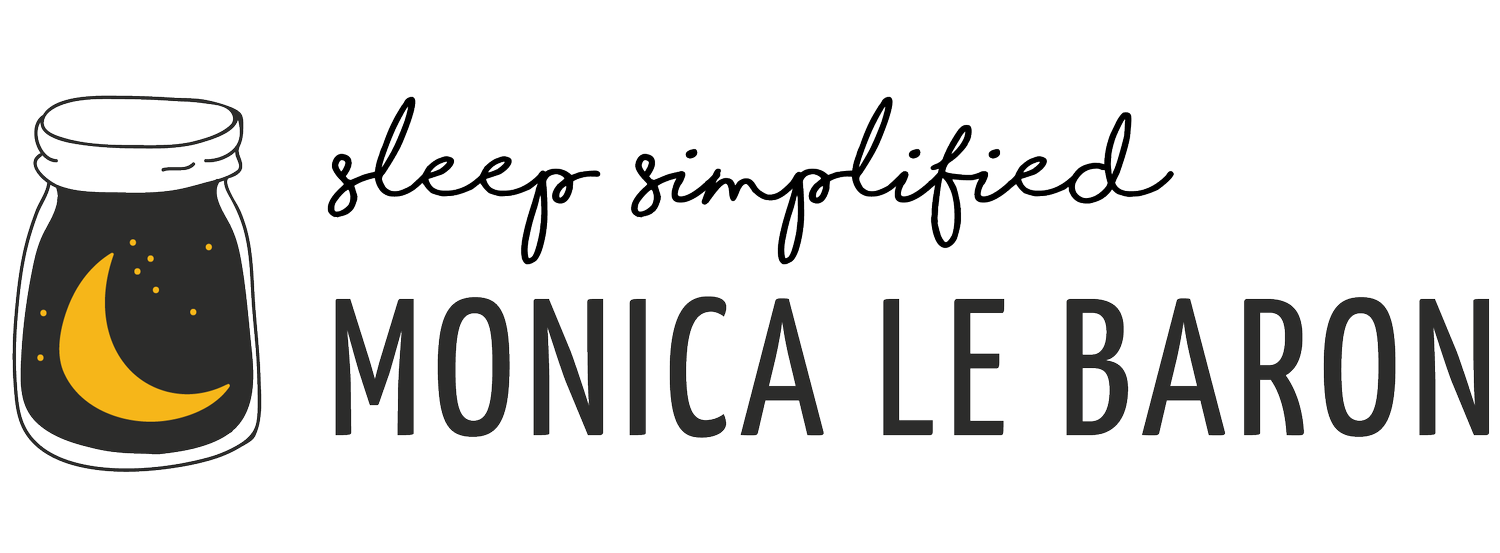Fall Asleep Naturally Despite Uncertainty
Before the coronavirus pandemic arrived, millions of people were already having trouble getting their eight hours of shuteye each night. The overload of new information, and emotions can worsen this situation for those already struggling with ZZZ and adding new members to the night owls club.
Besides the important sleep hygiene tips by the National Sleep Association, here are some simple tools that worked for me when I struggled with insomnia and depression, and now are helping my clients sleep like a rock.
Morning tips
Declutter your mind
The main reason people can’t fall asleep at night is because they have an overload of information in their heads, and they are not necessarily all stressful thoughts. A new business idea for example might keep you awake at night.
During a difficult situation, including a pandemic, this overflow of information might feel denser, because there’s a mix of emotions with uncertainty, and stress (positive or negative).
Sit in silence
Sit quietly for a couple of minutes in the morning to be with yourself. Notice your breath and how you are feeling. You don’t necessarily have to sit and meditate, just take some time to ground yourself and notice what’s up. Every day is going to be different.
Go for a morning walk
Sleeping better starts with your morning routine. The first rays of light are important to produce melatonin, the hormone that tells your body later on that it is dark outside and time for bed. Walking will also support your digestive functions and produce happiness hormones.
For this reason, the main recommendation I give my friends and clients is to take the time to declutter their mind, first thing in the morning. Journaling is the best way I learned to take the load off my head and feel clearer and calmer.
Evening
Dim the lights and turn off the sleep stealers
Create a night routine to tell your body that it is time to sleep. Set a time to slow down and stop creating. Dim your lights and put aside anything that activates your brain, especially if you have a creative one.
Electronics, lights, and pets can be sleep stealers. Smartphones, for example, distract and stimulate you. They emit blue-spectrum light that can inhibit our body’s production of melatonin and make our brains think that it is still sunny out.
Legs up the wall and breathe
Lie down on the floor with legs up the wall (or up in your bed or a chair). Place your hands on your belly and inflate it as you inhale, as though you were inflating a balloon. When you exhale, release the air. If it feels comfortable, try to make your exhales longer than your inhales.
Practicing this exercise for 5 to 10 minutes at night can help improve your blood circulation and get your body out of fight or flight mode.
Mudras: Calming gestures
“Mudras” are gestures that can be done with the hands, or parts of the body to promote health, balance, and spiritual connection.
The positive effects of mudras can be perceived in minutes, thanks to the thousands of nerve endings on the hands.
Follow these simple instructions while lying in bed, sitting for meditation, or any other time you need some grounding.
Adhi Mudra is one of the most calming gestures, perfect to support a good night’s sleep.
Make soft fists with your hands with the thumbs tucked inside.
Rest your hands (palms facing down) onto your sides or on top of the thighs.
Relax, breathe and enjoy this mudra for 2-3 minutes or until you fall asleep.
**Caution: As this gesture can lower blood pressure, people with low blood pressure should carefully monitor the effects.
Yoga nidra: The secret sleep gem
The best part? You must only sit or lie down and listen to it.
If you prefer, you may lie with your feet up, while breathing, holding adhi mudra and listening to yoga nidra all at the same time.
The goal is to condition yourself so that your body's rhythm will naturally prepare you for sleep.
No content on this post or site, regardless of date, should ever be used as a substitute for direct medical advice from your doctor or other qualified clinicians.
*NOTE: This content was original written for the northamericanproject.com

